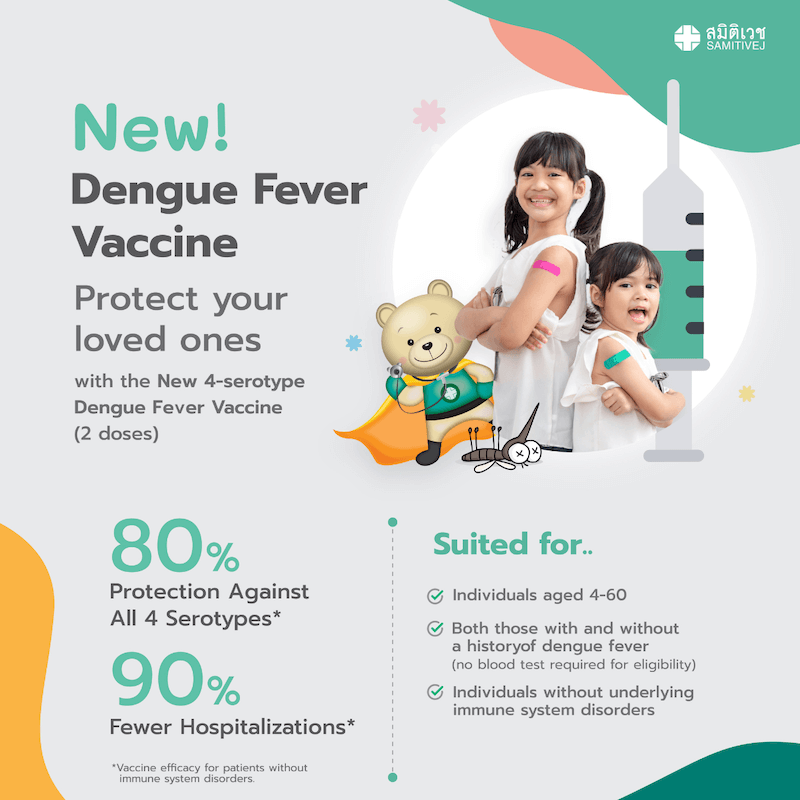Food allergies can be difficult to identify initially as they present a wide range of symptoms and history of onset. For example, any one of the following scenarios may apply:
– A 3 year old child eats a chocolate bar containing peanuts at a friend’s party and within five minutes the child has hives all over the body, swelling of the eyes and lips are noted, and the child begins to vomit and complain of stomach pain.
– A 7 year old feels itchy around the lips and develops hives all over the body after eating seafood despite having had it before without symptoms.
– A 4 month old infant develops a very itchy and inflamed looking rash. The rash is noted to the cheeks, chest, arms, and legs. The rash began two weeks after the infant was fed with cow’s milk in addition to breast milk.
– A 5 month old infant has just eaten solid food for the first time: congee with egg. Within five minutes a red rashes develops around the lips and hives spread all over the body.
– A 2 month old infant who has previously only been breastfed comes to the doctor because the mother finds mucus in the infants stool. The stool is tested and no infection is found. The infant’s condition improves after the mother stops drinking cow’s milk.
What causes food allergies?
An allergic reaction to food is immune-mediated, meaning the body’s immune system identifies the food as something foreign that should be attacked and expelled from the body. The symptoms observed therefore, are the result of the immune system at work (although inappropriately so). Many organs/area of the body can be affected, only a small amount of food is required to illicit a reaction, and symptoms can present immediately.
Food intolerance and food allergy – are they the same thing?
No. The difference between food intolerance and food allergy is that with food intolerance small amounts of the food can often be eaten without the individual suffering from symptoms. Moreover, the symptoms when experienced are limited to the digestive system (such as bloating, cramping, diarrhea, and vomiting). Examples of food intolerance include: food poisoning, lactose intolerance, or celiac disease where the offending agents are bacteria, lactose, and gluten respectively.
How common are food allergies?
Food allergies are more common in children than in adults. Six to eight percent of children under the age of three and approximately four percent of adults have a food allergy. However, children who suffer from other immune-mediated conditions such as eczema or asthma are more likely to suffer from a food allergy. Foods that often trigger an allergic response include: cow’s milk, eggs, soybeans, wheat, seafood, and peanuts.
What are some of the signs and symptoms of food allergies?
The signs and symptoms of food allergies vary greatly. Reactions can be mild effecting only one part of the body to severe effecting multiple areas/organs of the body. Shock and anaphylaxis are a result of severe food allergies.
Food allergies may affect the skin causing a raised itchy rash referred to as hives, tissue swelling surrounding the eyes and mouth, or wheezing sounds in the respiratory tract. Food allergies may also affect the gastrointestinal tract causing vomiting, abdominal pain, and mucus to present in the stool. The latter are commonly experienced by those with food allergies.
How are food allergies diagnosed?
The first step is to complete a physical exam and take a thorough patient history. When the history suggests the reaction experienced by the patient is strongly linked to a particular food (for example one develops hives shortly after ingesting seafood) the physician is easily able to diagnose and individual with a food allergy and pinpoint the underlying cause. However, in the case where an individual has had a delayed reaction, has eaten multiple types of food, and has a history of a immune-mediated condition, it can be more difficult to ascertain the diagnosis and offending food. Beginning a food and symptom diary can be helpful in determining cause and effect.
Diagnostic tools are used to aid physicians in determining the offending food. As a screening test for allergies a physician may order an IgE blood test be preformed. The IgE antibody is present in significant numbers in the blood in individuals with allergies. However, this test may or may not help the physician establish cause and effect. If the allergic reaction presents as hives or a mild skin reaction, then a skin prick test or scratch test can be performed. During this test, small particles of common antigens are placed on the skin and are checked later to see contact has brought about a reaction, thereby establishing cause and effect. Lastly, some patients with gastrointestinal tract allergies may need to undergo an endoscopy procedure in order to obtain a tissue sample for biopsy before a diagnosis can be made.
An oral food challenge test is a test that can produce accurate results. This test introduces or withholds foods while monitoring the patient’s reaction. This test should be conducted under the supervision of a physician and potentially medical equipment may be needed in case the patient develops a severe allergic reaction.
What is the treatment for food allergies?
Once you identify the food(s) that cause the reaction, the patient needs to devise ways to avoid it as much as possible. When buying food at the supermarket, read labels and look at the ingredients for foods that are known to cause a reaction. Monitor and treat any symptoms of allergies based on your physician’s advice. If you have a history of a severe allergic reaction (anaphylaxis) always keep an ‘epinephrine pen’ with you at all times. Monitor for any signs of malnutrition that may occur in children who have to avoid eating several types of food due to allergies. Consider the need to supplement these children’s food with meal replacement products rich in nutrients.
Can kids outgrow food allergies?
Most children outgrow their food allergies. On average, 70-87% of children are able to drink milk by age 3 and approximately 50% of children are able to eat eggs. Patients with peanut and seafood allergies are less likely to outgrow their allergy. Having a small reaction to the skin prick test and a low level of IgE on the blood test indicates that the reaction is small and that the child may outgrow the allergy.
How should food allergies be prevented?
In 2008, the American Academy of Pediatrics (AAP) Committee provided the following recommendations regarding feeding children who are at risk for developing food allergies:
• Give only breast milk to babies for the first four months of life.
• Introduce solid food to babies after 4-6 months of age.
• If a mother is unable to breastfeed, use a hypoallergenic milk formula.
• There has been no supporting evidence to indicate that pregnant and breastfeeding women should avoid food groups that are commonly known to cause allergies.
If you think your child may be allergic to a certain food, please make an appointment to have it investigated.
By Suruthai Kurasirikul , M.D., Paediatrician – Allergy and Immunology at Samitivej Children’s Hospital, Sukhumvit Campus
Editor’s note: This article is sponsored content from Samitivej Children’s Hospital, and it is reprinted here with permission of the hospital.















